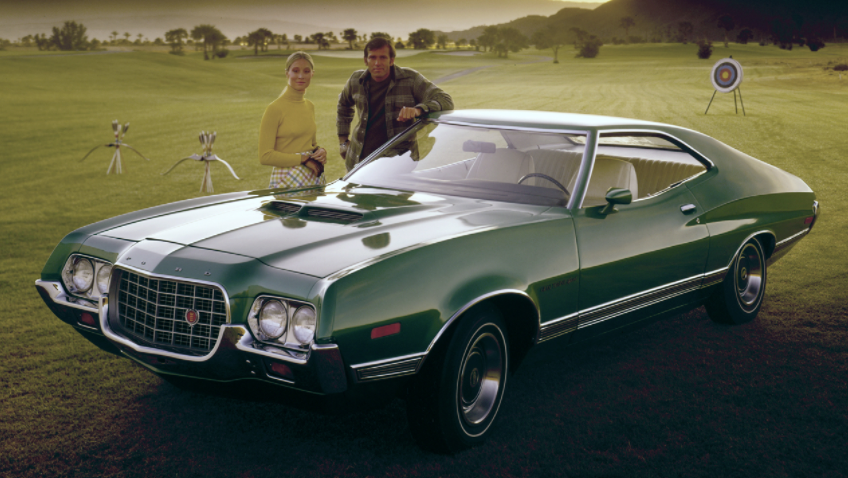Regulations that affected car styling the most in the first half of the decade had to do with bumpers. This link mentions a 1971 regulation taking effect for 1973 models that dealt with collision damage, and bumper designs had to be adjusted to protect more parts of cars. The next year, regulations dealt with placement of bumpers and the impacts they had to be designed to deal with, requiring even larger protection systems.
These regulations could have been more easily dealt with if designers were allowed to implement them when a new design was launched. Unfortunately for stylists and engineers, designs already in production had to be modified. The result often was heavy, awkward-looking bumpers placed on designs originally featuring far less protection. As time went on, bumper impact criteria became more easy to accommodate, and protection systems on today's cars are hardly noticeable.
Below are some examples of Detroit cars and how they coped with the new rules.
1973 Chevrolet Camaro Z28. The bumper guards in front of the grille were in reaction to the first regulation.
The 1974 Camaros received a much more massive bumper whose styling wasn't quite a design theme destroyer. Other parts of the front end were restyled to accommodate this change.
This is the newly designed 1972 Ford Torino produced before the regulations took effect.
This Ford press release pictures the 1973 Torino with a massive front bumper that anticipates the regulations to be in effect for the 1974 model year. Again, other parts of frontal styling were modified.
A pre-regulations 1972 Mercury Cougar.
Like its Ford stablemate, Mercury went straight to the heavy bumper required for the following year.
Mecum auction photo of a 1972 Dodge Dart with its pre-regulation bumper.
Like Ford, some Chrysler Corporation models such as this Dart got large bumpers that didn't easily fit the existing styling theme. Barrett-Jackson photo.








No comments:
Post a Comment